If you are running Windows 10, you already have the latest OneDrive for Business client. If you are really confused and just want to start again the easiest thing to do is to “uninstall OneDrive” and then reinstall it. To do this simply:
- Right Click on your START button and select APPS & FEATURES
- Find and click on MICROSOFT ONEDRIVE in the list of programs
- Click the UNINSTALL button and note that it will take a few MINUTES to disappear and you do NOT need to reboot for this to take effect
- Surf to onedrive.live.com/about/en-au/download and click the small NEED TO REINSTALL? link below the START ONEDRIVE button (or you could just click the link we added to the NEED TO REINSTALL text)
- After OneDrive for Windows has downloaded, just double click on it and install it
- Click the START button and type ONEDRIVE (not case sensitive) then select ONEDRIVE
- Do NOT select ONEDRIVE FOR BUSINESS
- You will see a grey-blue cloud in your system tray which you can double click on and go into settings if you wish
- Enter your Microsoft account email address
- If that email address has both a Microsoft PERSONAL and Office365 account, you will be asked for which one you want to use. The WORK OR SCHOOL account will link to Office365 1TB of space so that is what nearly everyone will want to use
- Enter your password. You may not see this prompt if your password is the same as the one you already signed into Windows with
- Most people will simply want to click NEXT on This Is Your OneDrive Folder screen
- If that path already exists (like it does for me, because I am transitioning from the old OneDrive For Business software client to the new Microsoft OneDrive For Windows software client) you will see a FILES ALREADY EXIST IN THIS FOLDER popup. That was completely expected in my case, so I just clicked USE THIS LOCATION
- Click through the little intro explanation and you are donzo.
You can click on the OneDrive icon in your Notification Area (near the clock in the bottom right of the screen) and you should see it syncing files to the cloud. This assumes you have files/folders in the sync location, which defaults to: C:\Users\<your name>\OneDrive – <your O365 account> .
In my case I moved my DOCUMENTS, DESKTOP, MUSIC, PICTURES (and a few other folders) into my OneDrive folder. If you want to know how to do this read our short How To Move Your Documents and Desktop to OneDrive, explanation.
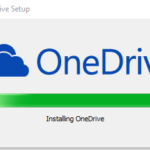
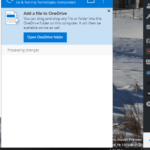
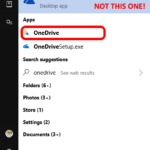
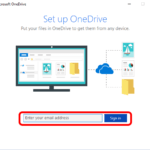

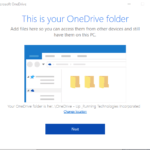
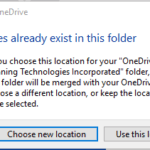
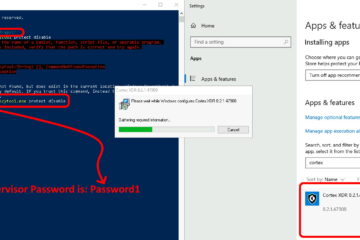
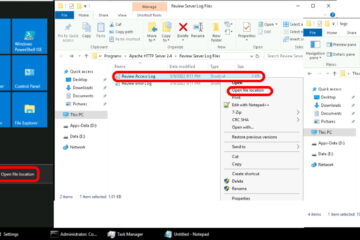
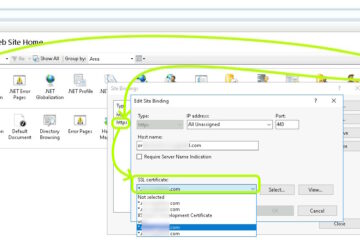
4 Comments
SHQ · March 31, 2021 at 3:55 am
Thanks for the guide. Can you also shed some light on using a VPN such as Ivacy for data protection and privacy? Is it a good idea?
Ian Matthews · March 31, 2021 at 9:37 am
Hi SHQ, VPN’s really just move your location. You simply appear to be in a different city when you use a VPN so all the traffic (usernames, passwords…) are still subject to the same security risks. A VPN would have no impact on OneDrive, other than to make it slower.
I don’t personally use any VPN other than to get into my clients corporate systems. I hope that helps.
SHQ · April 5, 2021 at 1:59 am
Hey Ian,
Thanks for the clarity
SOLVED: OneDrive For Business Prompting For Library URL – Up & Running Technologies, Tech How To's · July 18, 2023 at 1:22 pm
[…] If you are running Windows 10, you already have the latest OneDrive for Business client. If you are really confused and just want to start again the easiest thing to do is to “uninstall OneDrive” and then reinstall it. To do this simply skim through the 10 easy steps to install and configure the new Microsoft OneDrive client software. […]